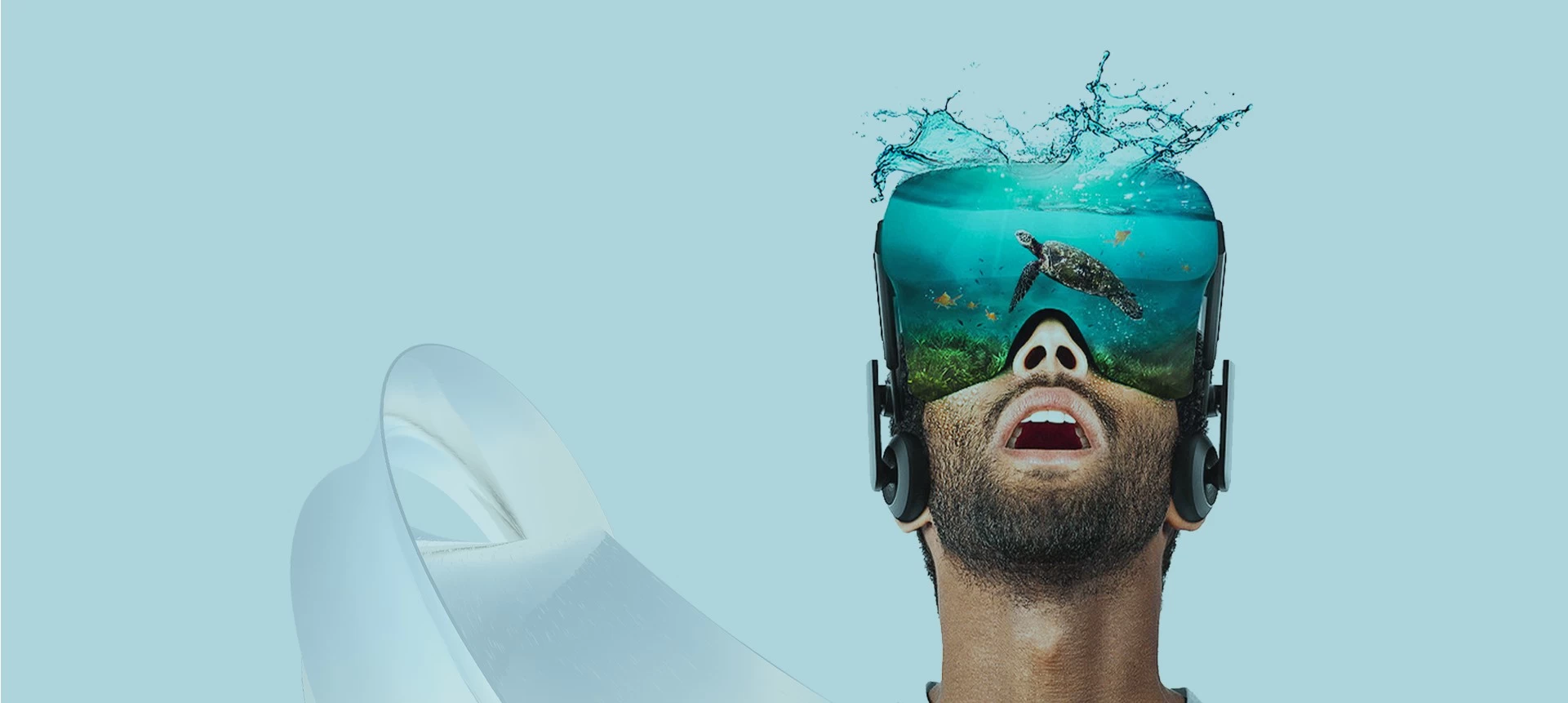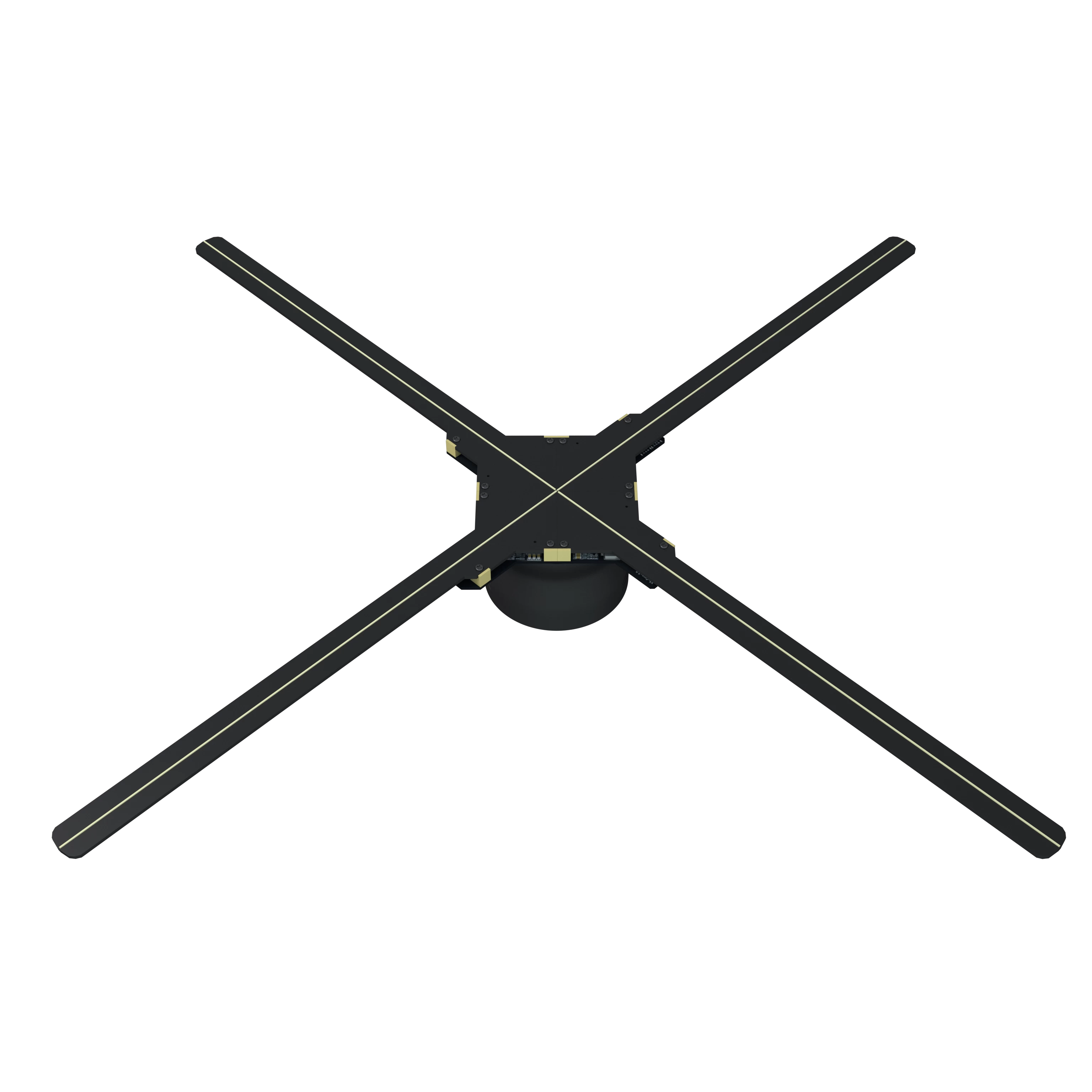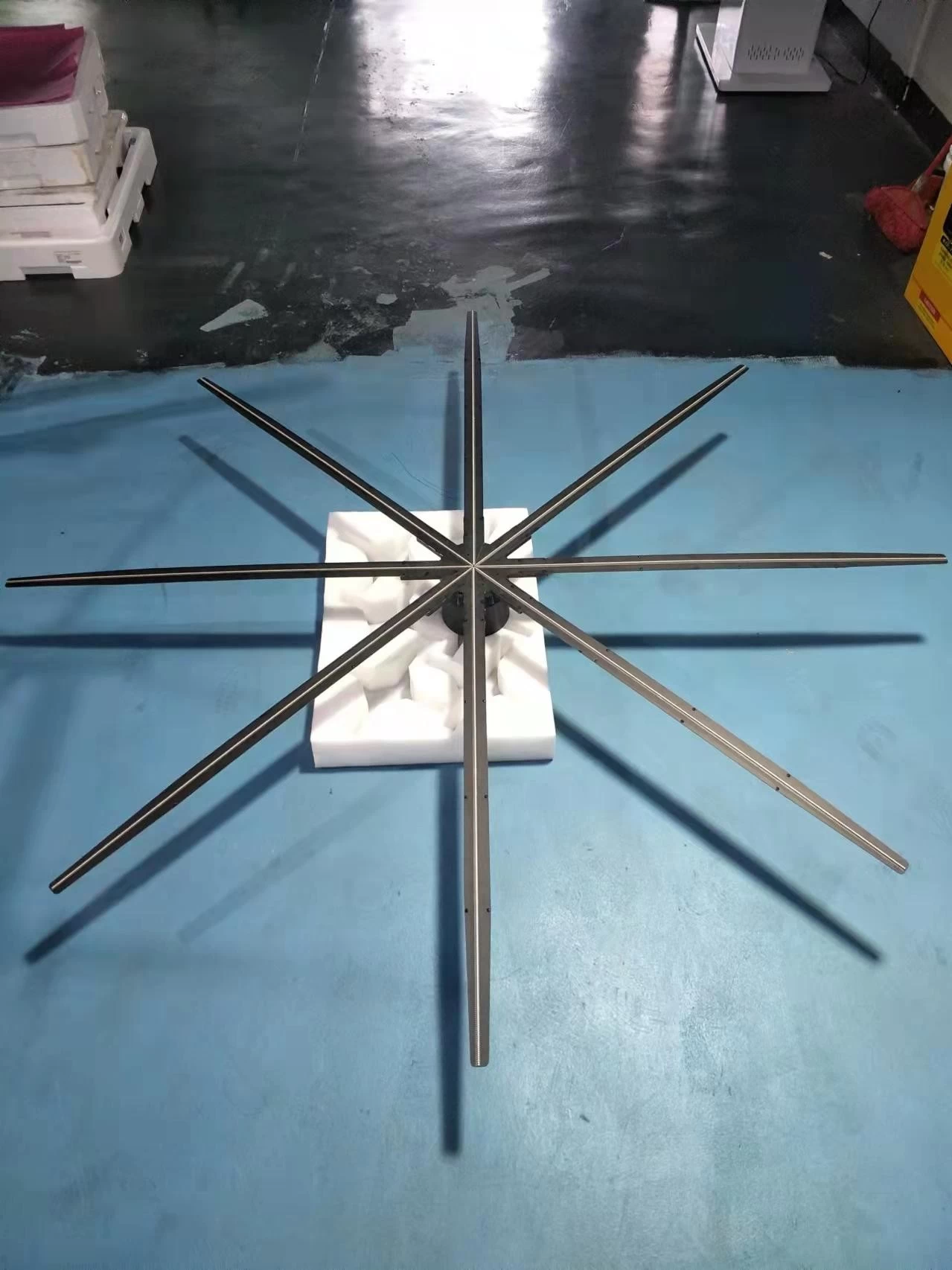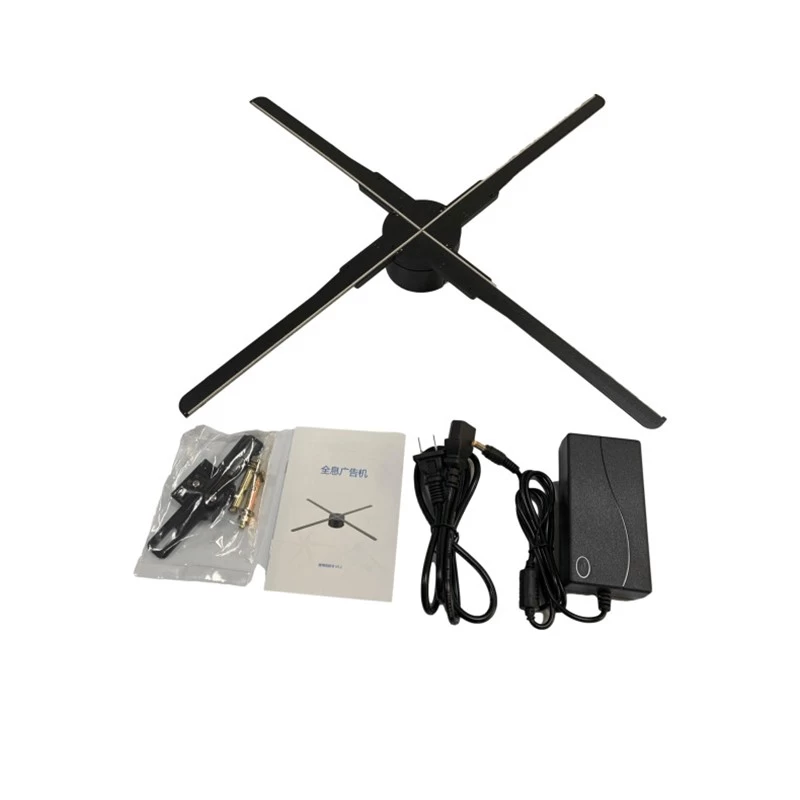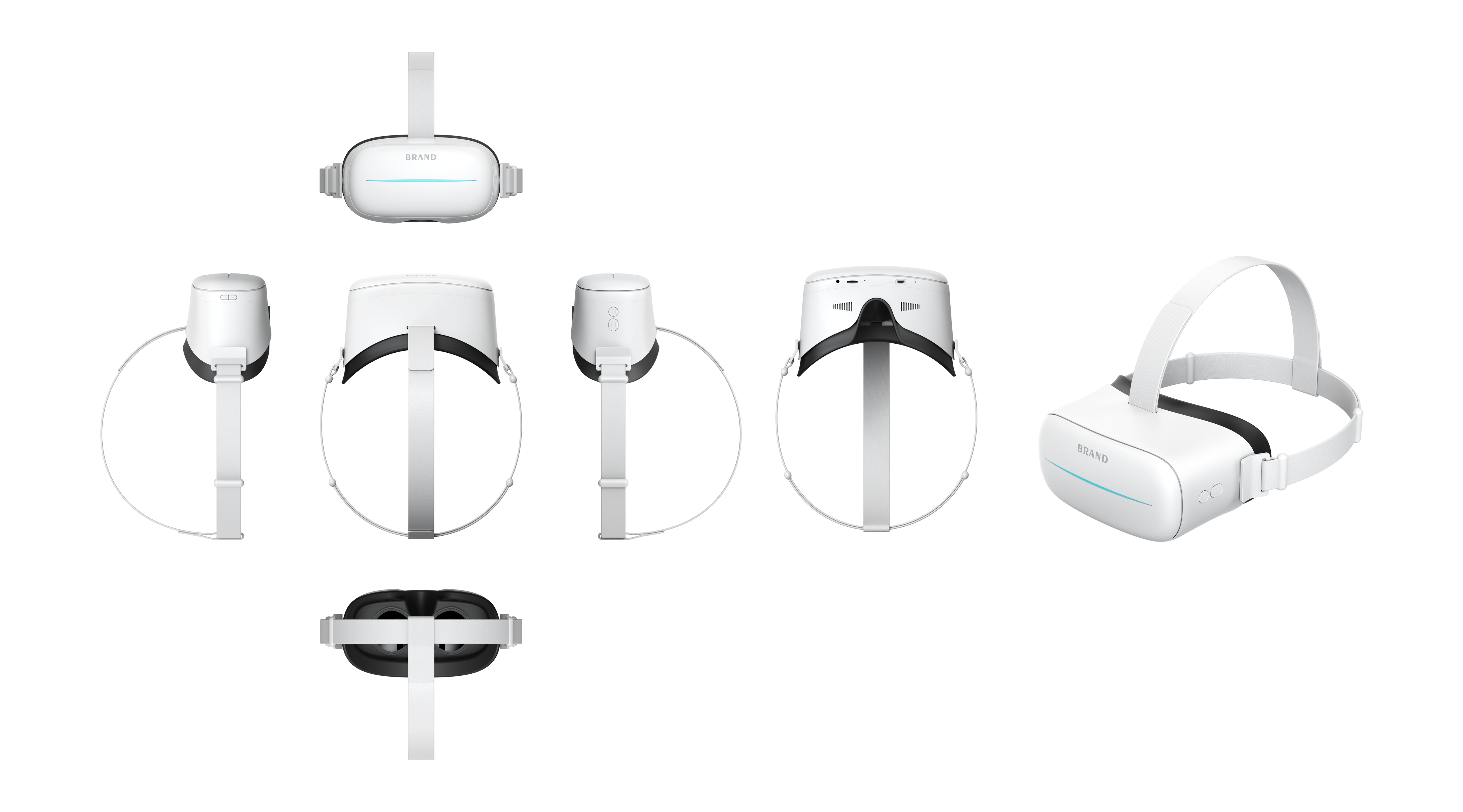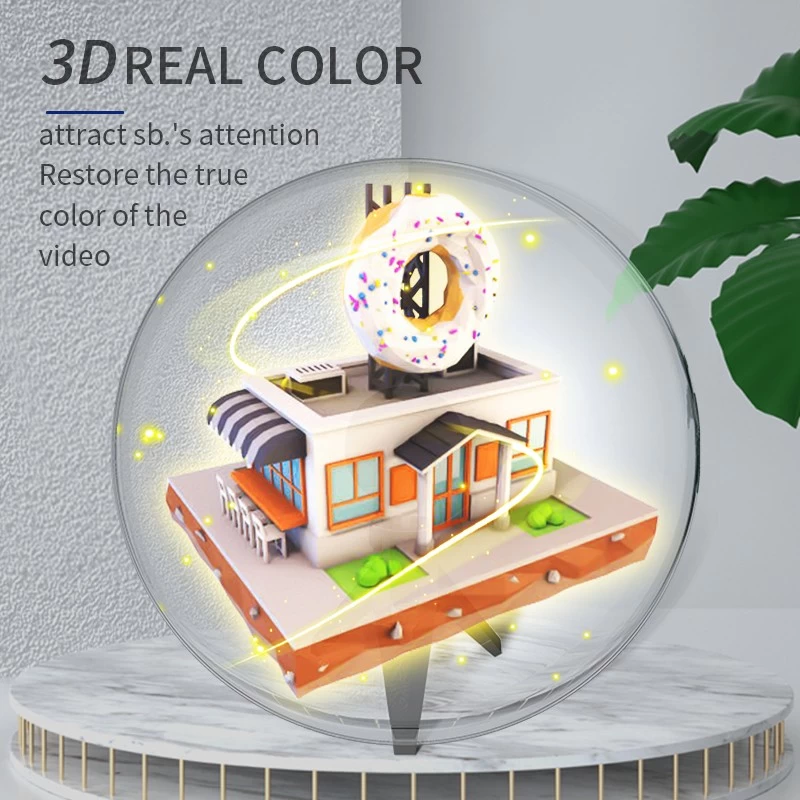A 3D hologram fan from China that achieves the effect Magic Leap can only dream of
Magic Leap is an American company specializing in the development and production of augmented reality technology. The main research and development direction is to project three-dimensional images into people's field of vision. The 3D hologram fan launched by a factory Caraok tech in China perfectly interprets Magic Leap's AR effect.
This 3D hologram fan is called a 3D holographic fan. There is no complicated circuit design. It is mainly composed of chips, magnets, LED technology and propeller blades. The blades rotate when the device is activated, and then project a realistic 3D floating holographic image. . And the 3D floating image can see the 3D effect directly through the naked eye without the help of 3D glasses and other equipment, which is very cool.
The emergence of the naked-eye 3D effect has broken the shackles of the 3D effect, and is no longer limited to specific headsets such as movie theaters, and also solved the symptoms of 3D dizziness for most people. Many people experience symptoms such as dizziness and nausea when they use 3D headsets in theaters, which makes many people reject 3D equipment, which is also a problem that 3D equipment has not been able to solve for a long time. The 3D hologram fan uses visual principles such as the persistence of the human eye to make the 3D effect appear. The viewer can watch it according to his own wishes, rather than being forced to show it in front of the vision by the 3D effect, so there will be no symptoms such as dizziness.
The main core technology of 3D holographic fans is the principle of persistence of vision. When the object is moving rapidly, when the human eye looks at the object, the image is imaged on the retina, and the optic nerve is input to the human brain to feel the image of the object; but when the object is removed, the optic nerve's impression of the object will not disappear immediately, but will continue. 0.1-0.4 seconds, this phenomenon is called persistence of vision. It was first proposed in 1824 by Peter "Mark" Rogert, a professor at the University of London, in his research report "Persistence of Vision in Moving Objects".
The phenomenon of persistence of vision was first used by the Chinese, and the marquee lantern was the earliest application of persistence of vision in historical records. There was a revolving lantern in Song Dynasty. Then the Frenchman Paul Roguet invented the photo disc in 1828, which is a disc that is threaded on both sides by a rope. A bird is drawn on one side of the plate, and an empty cage is drawn on the other side. As the disc rotated, the bird emerged from the cage, proving that when the eye sees a series of images, it retains one image at a time.
Users can make 3D images through general 3D image software, and import them into 3D holographic fans through memory cards or mobile phones and computers. 3D holographic fans have appeared many times in electronic exhibitions such as ces, as well as in Tencent music festivals or star concerts.
When you are shopping in the mall, a cool floating shoe appears in your eyes, can you really suppress your inner curiosity and not see what it is?


